The New Eight-Eight Fleet
During the 1980s, Japan’s Maritime Self-Defense Force (JMSDF) faced an every growing Soviet Navy in the neighborhood and had to boost its air defense and anti-submarine capabilities.
This effort came in the form of reorganizing the main units into four task fleets – each consisting of eight destroyers and eight patrol helicopters.
In reference to the Imperial Japanese Navy’s Eight-Eight Fleet, a failed attempt to construct eight battleships and eight battlecruisers, the new fleet configuration was commonly known as the “New Eight-Eight Fleet.”
And, playing a significant role in this structure was the new multi-purpose destroyer – the Asagiri-class.
- General Overview
| Displacement | 3,500 tons (standard) |
| Length | 137m (450ft) |
| Beam | 14.6m (47.9ft) |
| Crew | 220 people |
| Speed | 30knots (55.6km/h, 35mph) |
| Armament | 76mm Naval Gun×1 20mm CIWS×2 Anti-Ship Missile×8 Triple Torpedo Tube×2 ASROC Rockets×8 Sea-Sparrow Missile×8 |
| Unit Price | 400 million USD |
The Asagiri-class was an upgraded, enlarged version of the previous Hatsuyuki-class and was equipped with state-of-the-art combat systems and anti-submarine sonars for its time.
These new systems enabled information sharing among sister ships and patrol helicopters, facilitating coordinated operations rather than individual tactics.
Among the eight Asagiri-class vessels, the latter four were given a newly developed 3D anti-air radar, though this domestically produced radar received performed rather poorly, leading to the development of an alternative type.
The main armaments are similar to those seen on current JMSDF vessels, providing a comprehensive set of attack capabilities from anti-submarine to air-defense and anti-ship warfare. However, unlike modern vessels that typically feature Vertical Launch Systems (VLS) for missiles, the Asagiri-class used conventional launchers for its Sea Sparrow air missiles and ASROC anti-submarine rockets.
These launchers needed to rotate towards the target direction before firing and could carry fewer missiles compared to the VLS system. As a result, some Asagiri-class vessels were installed with an automatic reloading system for the Sea Sparrow missiles, mitigating this drawback to some extent.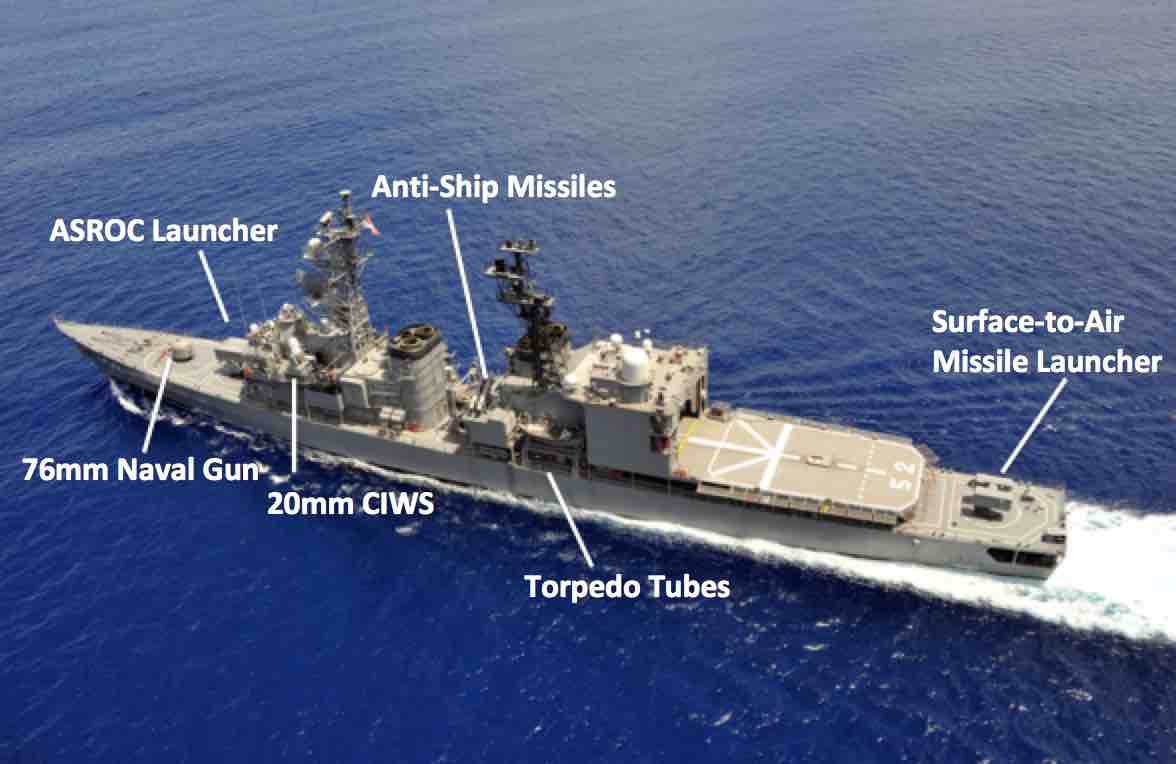 Main Armaments of the Asagiri-class (photo: JMSDF)
Main Armaments of the Asagiri-class (photo: JMSDF)
The most significant feature of the Asagiri-class was the fact that it was designed to operate the SH-60J patrol helicopter from the start.
As the latest anti-submarine helicopter for is time, the SH-60J helicopters heavily contributed in lifting the JMSDF’s anti-submarine capabilities.For a navy aiming to establish a new Eight-Eight Fleet, destroyers capable of operating such patrol helicopters were indispensable.
As evident from its design, the Asagiri-class has a large hanger in the rear that provides ample space for both operation and maintenance. It can technically accommodate up to two helicopters, but such situation is impractical since there is only one landing and takeoff assistance system.
Nevertheless, the eight Asagiri-class destroyers, with its hangar, landing and takeoff assistance system, and the aforementioned information-sharing function, were served as the backbone of the new Eight-Eight Fleet.
Extended To Counter China
Despite being constructed more than 35 years years ago, the Asagiri-class remains in active service with most of the vessels allocated to the coastal defense units instead of the frontline main units.
As a response to the rapidly expanding Chinese Navy, the JMSDF strengthened its total number of destroyers/frigates up to 54 vessels, extending the service life of the Asagiri-class by at least a decade.
Measures were taken to slightly modernize the aging destroyers, and some ships like the Asagiri and Yamagiri were even reinstated from its pre-retirement position as training vessels.
Although the existing ships have enhanced their information processing and combat command systems, it is hard to conceal the aging exterior and limitations on capacity.
Until the new Mogami-class frigates are mass-produced, the obsolete Asagiri-class will continue its service in order to make up the numbers.

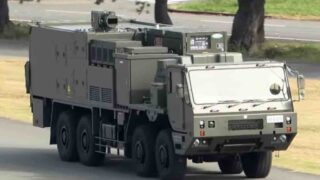
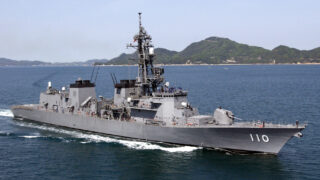


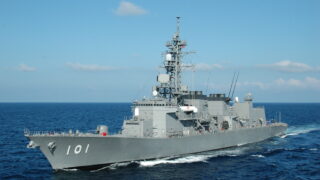
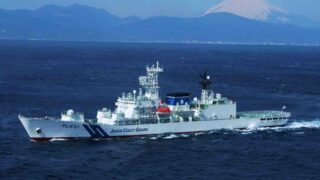

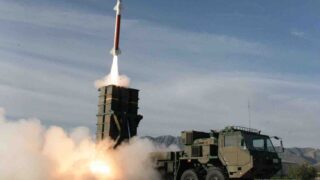
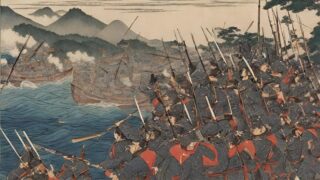
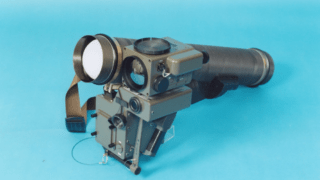
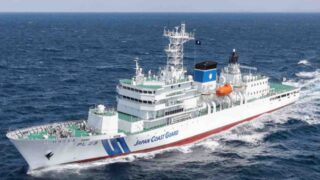
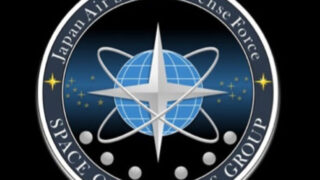
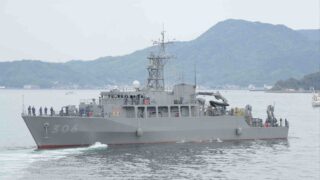
-320x180.jpg)
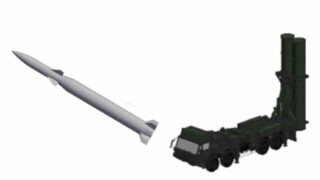
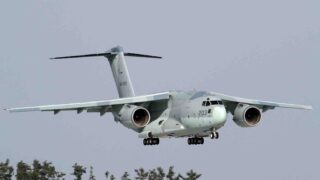
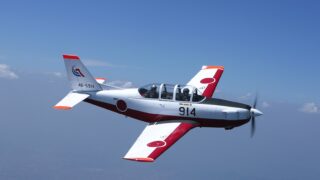
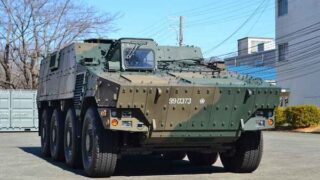
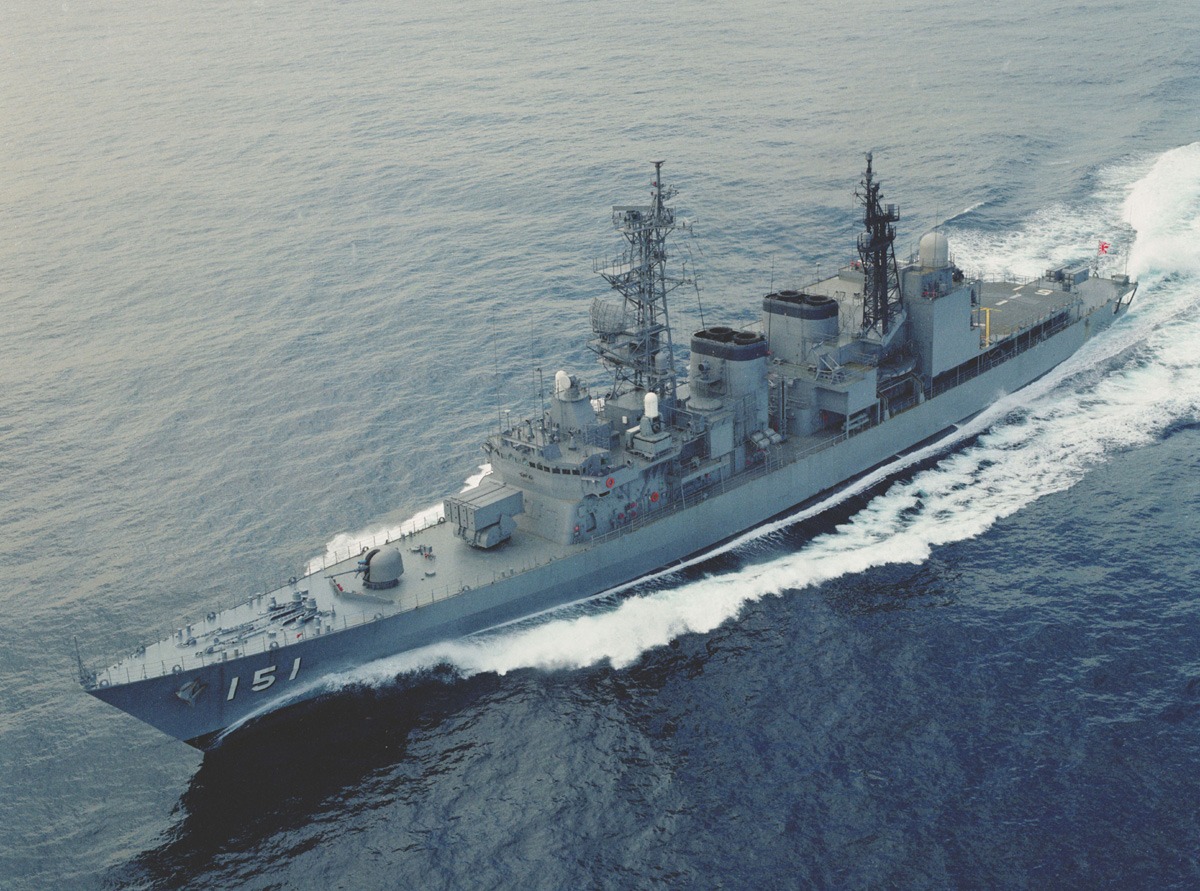
Comments